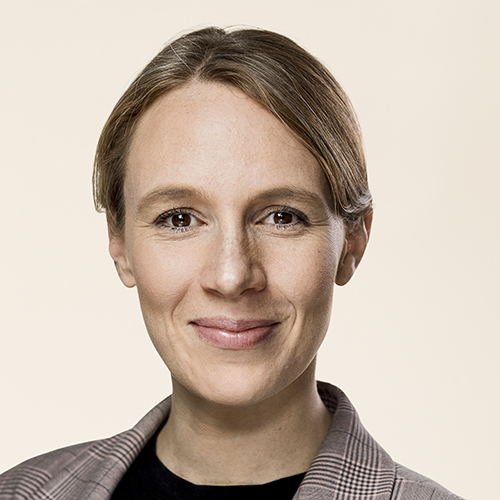Lea Wermelin
Lea Wermelin is a Danish politician. She has been a member of Folketinget for the Social Democrats from 2015. She was appointed Minister for the Environment in the Frederiksen Cabinet from 27 June 2019.
Perspective
Groundwater management
Water resource management
Water supply



Lea Wermelin is a Danish politician. She has been a member of Folketinget for the Social Democrats from 2015. She was appointed Minister for the Environment in the Frederiksen Cabinet from 27 June 2019.
Drinking water is a valuable resource and in many countries, the lack of access to a clean source poses severe challenges to human health and ecological nature as well overall development and growth. The UN estimates that almost 30 per cent of the world’s population lack access to safely managed drinking water. With increasing populations and increasing climate change affecting surface water resources and replenishment, this is likely to increase. Understanding the geological aspects of the underground water resources may help to alleviate the water scarcity challenge. Using groundwater reservoirs as savings accounts to ensure a reliable water supply can be the way forward.
In Denmark, we get most of our drinking water directly from the ground. We carefully protect and manage the resource sustainably and have rules and laws put in place to protect and regulate the surface areas, where groundwater is created, and we have a strict regulation of pesticides. This ensures that our water only has to undergo minimal treatment before it comes out the tap ready to drink. Over past decades, our public entities and private businesses have together built some of the world’s most extensive expertise within sustainable groundwater use and management. This expertise has been continuously developed from 1998, where we initiated an ambitious groundwater surveying programme to map the locations, distribution, and interconnectedness of the Danish groundwater resources. Doing so helped us identify the areas where our groundwater resources were vulnerable to land use and establish area-specific protection zones that are continuously monitored and adjusted. Our learnings have resulted in state-of-the-art surveying technologies and techniques that allow us to efficiently locate resources and help build necessary modelling and monitoring systems to ensure integrated water resource management and decision-making for sustainable groundwater management and use.
In short, we protect rather than purify, and pride ourselves on having some of the cleanest drinking water in the world. The groundwater belongs to everyone and the right to abstract and use it by utilities and private persons is granted by our local, municipal authorities. It enables better assurance that our groundwater is protected from pollution, overuse and making sure that access is available to everyone. Our utilities ensure the clean, safe, efficient, and sustainable abstraction and distribution by the smart usage of sensors and data that ensure effective responses to any deviation from the high quality provided.
“Water is essential for all life. Whether water is used in the production of food or as drinking water, the quality are of great importance to ensure human health.” Lea Wermelin, Minster for Environment Denmark
Denmark will be hosting the IWA World Water Congress & Exhibition in September 2022. I invite you to join us for a week of interesting discussions on how we can shape our water future together. I am sure you will enjoy our clean and tasty drinking water, and perhaps even try a swim in one of our harbour baths.
Register nowpublications
Wastewater management
+3